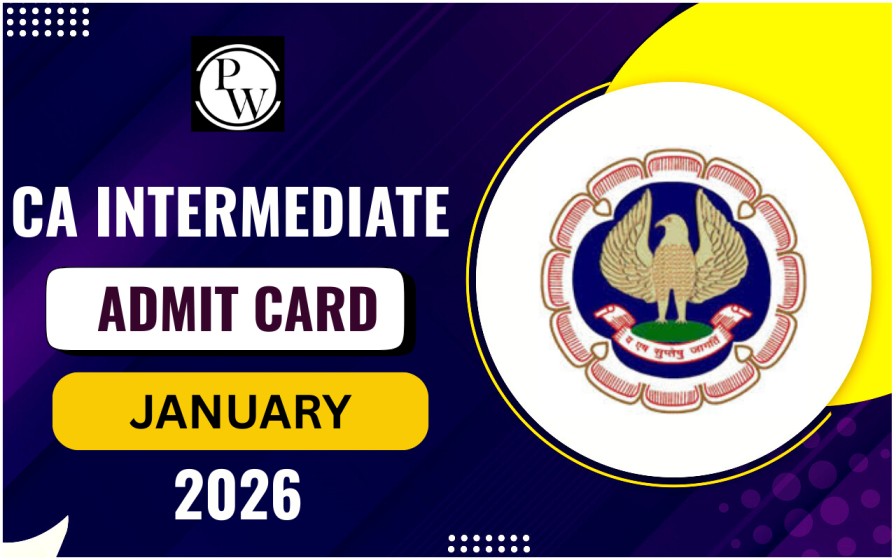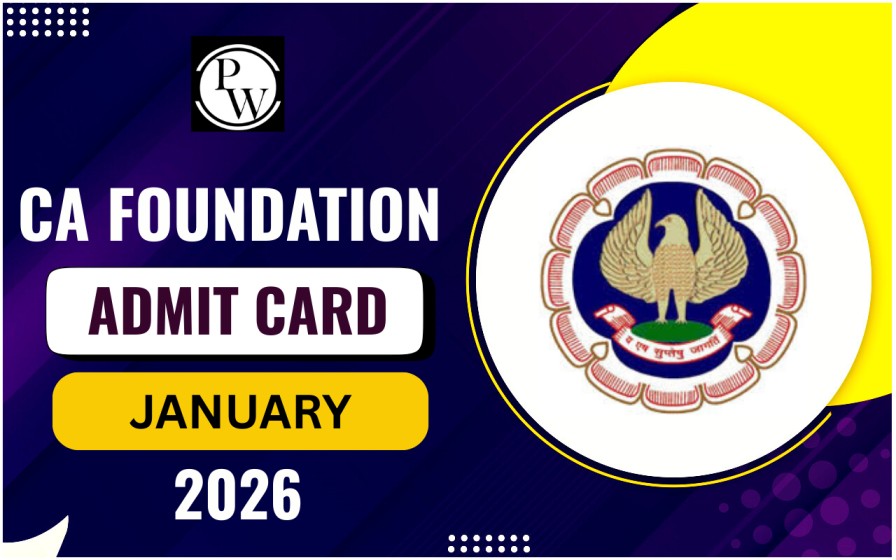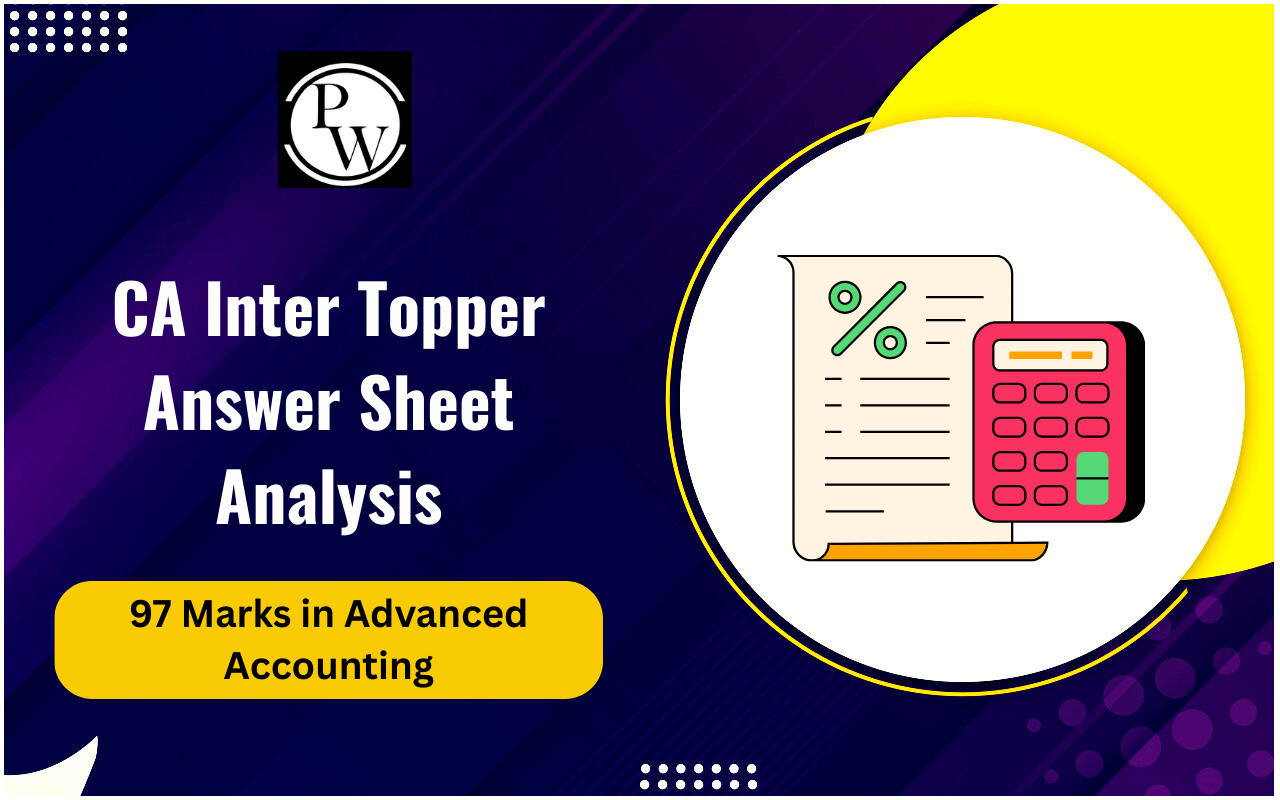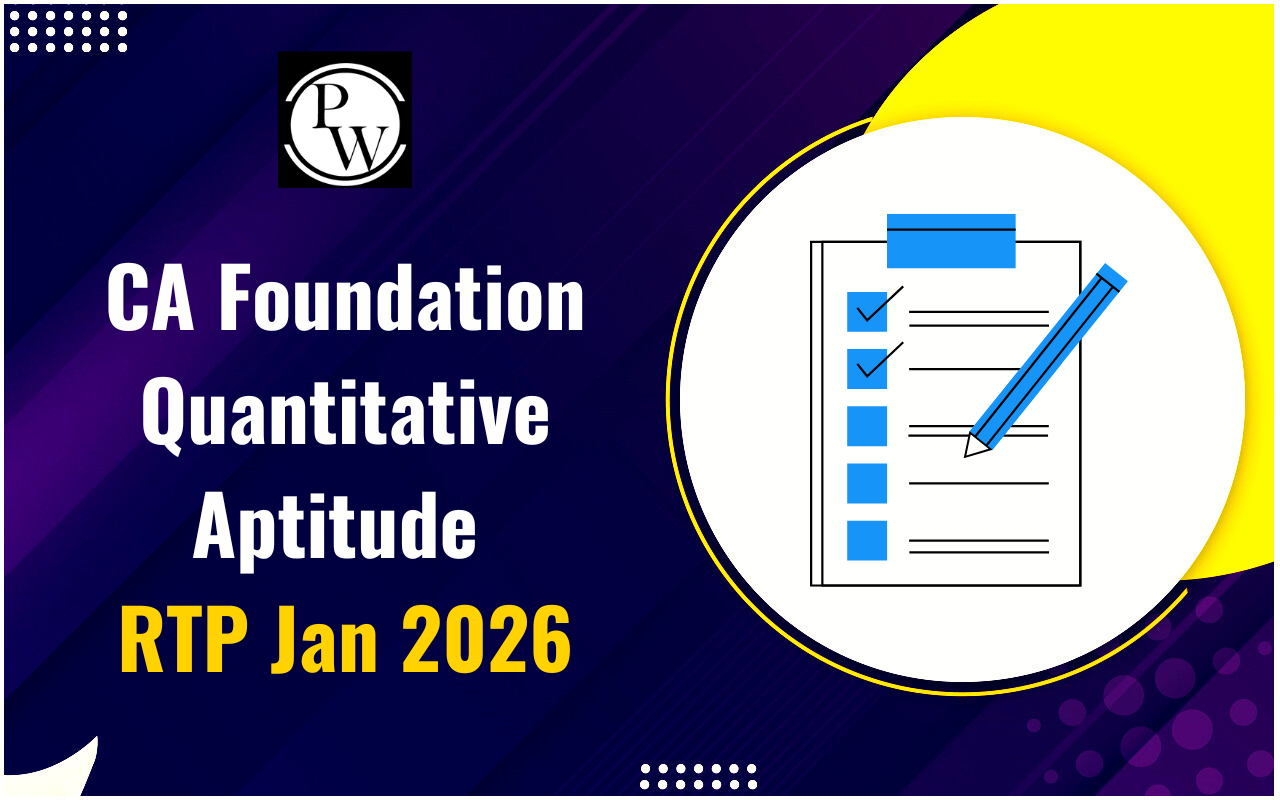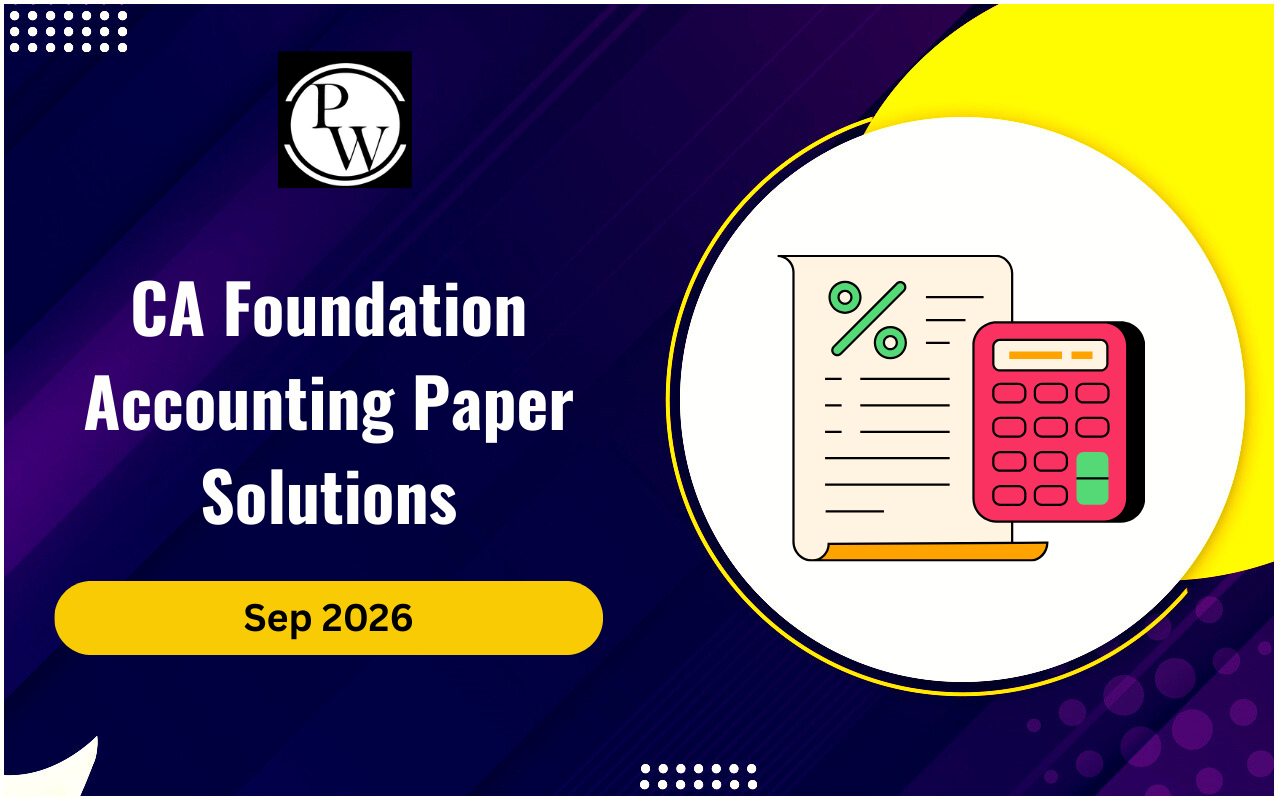
CA Foundation Accounting Notes: Becoming a Chartered Accountant (CA) is a prestigious and rewarding career choice, but it requires dedication, hard work, and the right resources. For aspiring CAs, the CA Foundation exam is the first major hurdle. One of the key subjects in this exam is accounting, and having the right CA Foundation Accounting Notes can make all the difference.
PW experts curate these notes to ensure you have the best possible preparation. In this article, we'll delve into why these notes are essential, what they include, and how they can benefit you in your journey to becoming a CA.CA Foundation Accounting Notes
CA Foundation Accounting Notes are more than just a summary of your syllabus. They are a meticulously crafted resource designed to provide you with a deep understanding of accounting principles. These notes cover all essential topics, from basic concepts to advanced problems, ensuring you are well-prepared for every aspect of the exam. Created by PW experts, these notes are tailored to address common pain points and frequently asked questions in the CA Foundation exams . These notes are structured to facilitate easy learning, with clear explanations, practical examples, and solved questions that illustrate key concepts. Whether you're struggling with journal entries, ledger accounts, or trial balances, these notes will guide you through each topic step-by-step, making complex concepts easier to grasp.CA Foundation Accounting Notes PDFs
For convenience and accessibility, CA Foundation Accounting Notes in PDF format are provided in the table below. Having a PDF version means you can access your notes anytime, anywhere, without the need to carry around bulky textbooks.| CA Foundation Accounting Notes PDF | |
| Accounting Part 1 | Click Here |
| Accounting Part 2 | Click Here |
| Accounting Part 3 | Click Here |
Benefits of CA Foundation Accounting Notes
Using CA Foundation Accounting Notes offers several benefits that can enhance your exam preparation:- Comprehensive Coverage: These notes cover the entire syllabus, ensuring that you don't miss any important topics.
- Expert Insights: Curated by PW experts, the notes provide insights and tips that can help you tackle difficult questions with confidence.
- Clarity and Simplicity: Complex concepts are broken down into simple, easy-to-understand explanations, making learning more effective.
- Practical Examples: The inclusion of practical examples and solved problems helps reinforce your understanding and application of accounting principles.
- Flexibility: Available in both physical and PDF formats, these notes provide flexibility in how and where you study.
CA Foundation Accounting Syllabus
Check the foundational topics of the CA Foundation Syllabus 2024 for Accounting in the table below:|
CA Foundation Accounting Syllabus |
|
|
Topics |
Sub-Topics |
|
Theoretical Framework |
(i) Meaning and Scope of accounting (ii) Accounting Concepts, Principles and Conventions (iii) Accounting terminology - Glossary (iv) Capital and revenue expenditure, Capital and revenue receipts, Contingent assets and contingent liabilities (v) Accounting Policies (vi) Accounting as a Measurement Discipline - Valuation Principles, Accounting Estimates (vii) Accounting Standards - Concepts and Objectives (viii) Indian Accounting Standards - Concepts and Objectives |
|
Accounting Process |
(i) Books of Accounts (ii) Preparation of Trial Balance (iii) Rectification of Errors |
|
Bank Reconciliation Statement |
Introduction, reasons, preparation of bank reconciliation statement |
|
Inventories |
Cost of inventory, Net realizable value, Basis and technique of inventory valuation and record keeping |
|
Concept and Accounting of Depreciation |
Concepts, Methods of computation and accounting treatment of depreciation, Change in depreciation methods |
|
Accounting for Special Transactions |
(i) Bills of exchange and promissory notes- Meaning of Bills of Exchange and Promissory Notes and their Accounting Treatment; Accommodation bills. (ii) Sale of goods on approval or return basis- Meaning of goods sent on approval or return basis and accounting treatment. (iii) Consignments- Meaning and Features of consignment business, Difference between sale and consignment, Accounting treatments for consignment transactions and events in the books of consignor and consignee. (iv) Average due Date- Meaning, Calculation of average due date in various situations. (v) Account Current- Meaning of Account Current, Methods of preparing Account Current |
|
Final Accounts of Sole Proprietors |
Elements of financial statements, Closing Adjustment Entries, Trading Account, Profit and Loss Account and Balance Sheet of Manufacturing and Non-manufacturing entities |
|
Partnership Accounts |
(i) Final Accounts of Partnership Firms (ii) Admission, Retirement and Death of a Partner including Treatment of Goodwill (iii) Introduction to LLPs and Distinction of LLPs from Partnership |
|
Financial Statements of Not-for-Profit Organizations |
Significance of Receipt and Payment Account, Income and Expenditure Account and Balance Sheet, Difference between Profit and Loss Account and Income and Expenditure Account. Preparation of Receipt and Payment Account, Income and Expenditure Account and Balance Sheet |
|
Introduction to Company Accounts |
(i) Definition of shares and debentures (ii) Issue of shares and debentures, forfeiture of shares, re-issue of forfeited shares (iii) Statement of Profit and Loss and Balance Sheet as per Schedule III to the Companies Act, 2013. |
CA Foundation Accounting Notes FAQs
What are CA Foundation Accounting Notes?
How can I access CA Foundation Accounting Notes PDF?
Why should I use CA Foundation Accounting Notes?
What topics are covered in the CA Foundation Accounting Syllabus?
How can PW CA Foundation Courses help me prepare for the exam?

